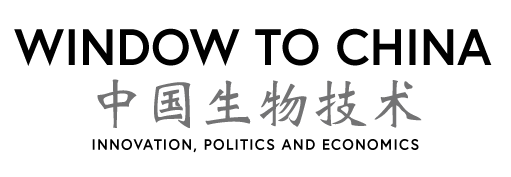https://www.nature.com/articles/s41467-023-38814-
Acoustic tweezers can control target movement through the interaction of momentum between an acoustic wave and an object. Due to their high tissue penetrability and strong acoustic radiation force, such tweezers overcome the limitations of optical and magnetic tweezers, thus making them suitable for in-vivo cell manipulation.
A research team led by Prof. ZHENG Hairong from the Shenzhen Institute of Advanced Technology (SIAT) of the Chinese Academy of Sciences (CAS) has recently developed a new type of acoustic tweezers—the phased-array holographic acoustic tweezers (PAHAT) system—which is based on a high-density planar array transducer capable of generating tunable three-dimensional bulk acoustic waves. The researchers hope this system can realize a pharmacological version of “telekinesis.” The team investigated dynamic target manipulation in complex environments using holographic acoustic fields. They subsequently developed a high-density ultrasound transducer array, which made it possible to generate a strong gradient acoustic field and exert precise spatiotemporal control.
The researchers then used gene editing to create sub-micrometer gas vesicles in bacterial cells, enhancing their acoustic sensitivity. These genetically engineered bacteria formed clusters under the influence of the radiation force in the acoustic field. By combining microscopic imaging with PAHAT, the researchers were able to achieve precise manipulation of bacterial clusters in live mice, thus demonstrating a promising approach for targeted drug delivery and cellular therapy in cancer treatment.
